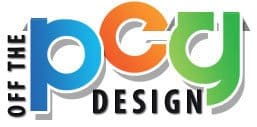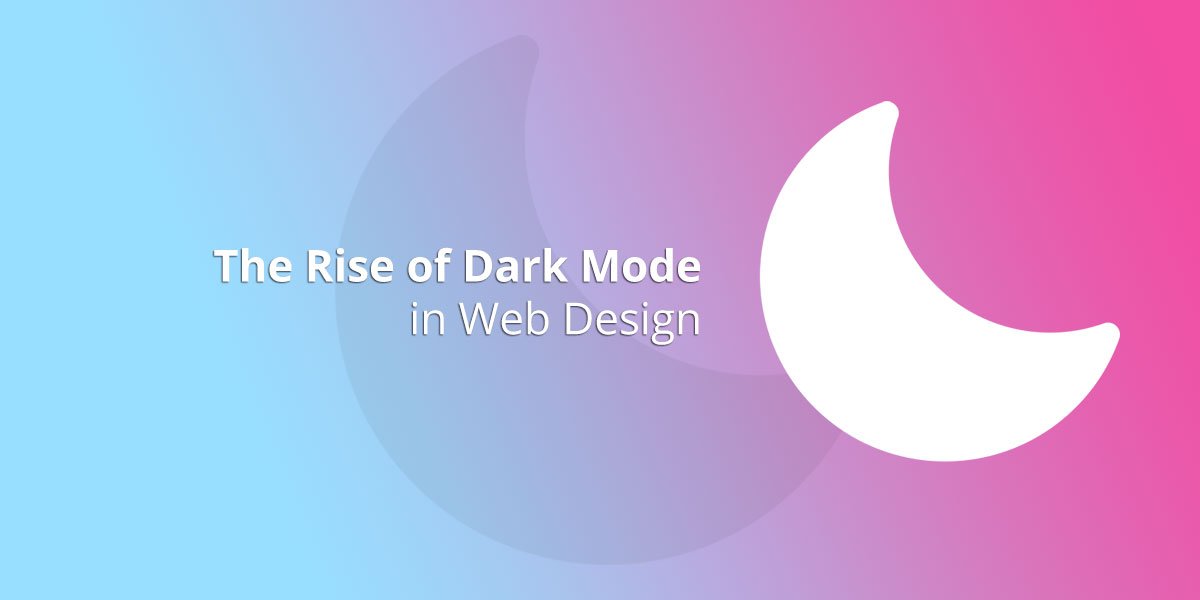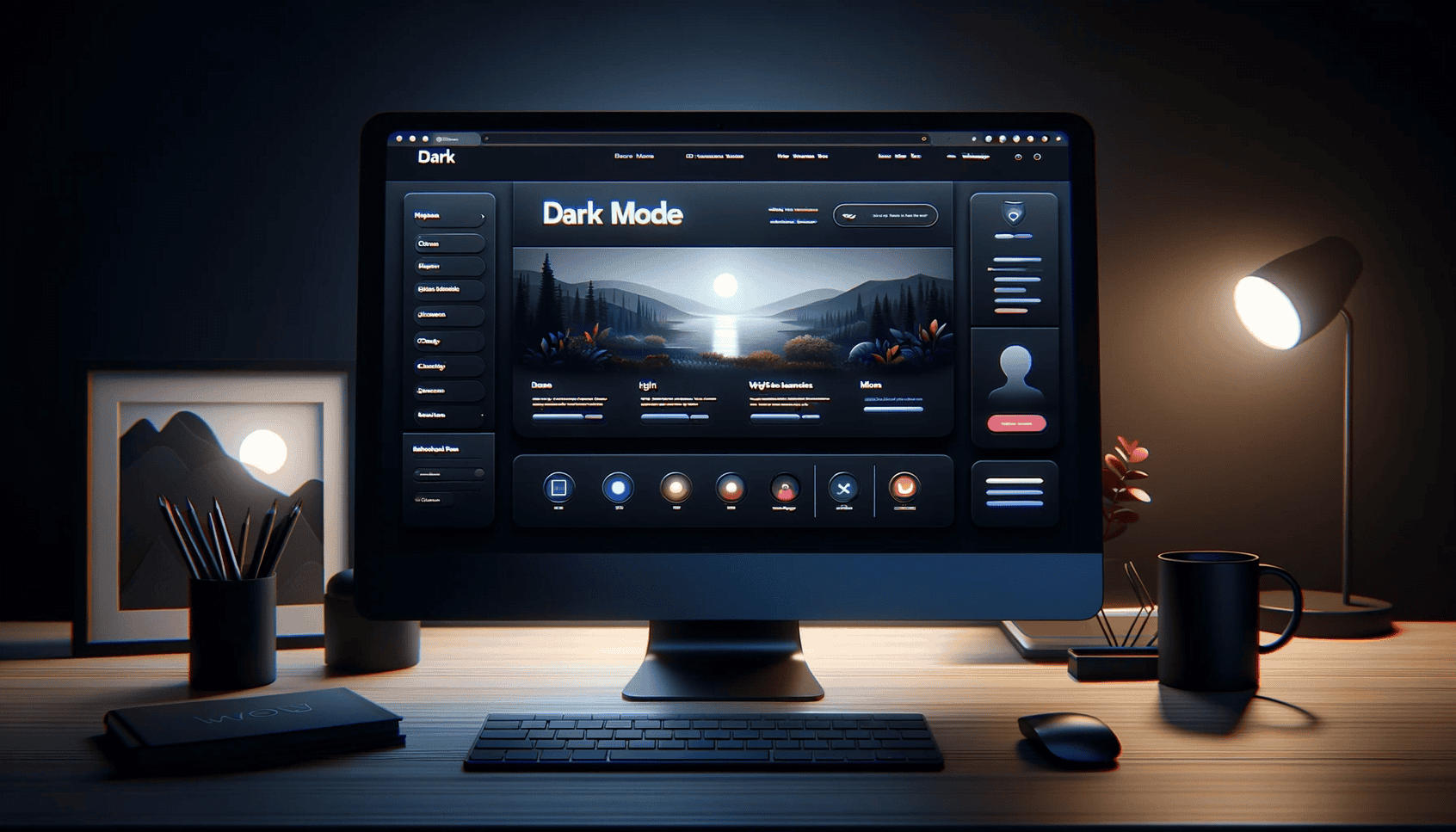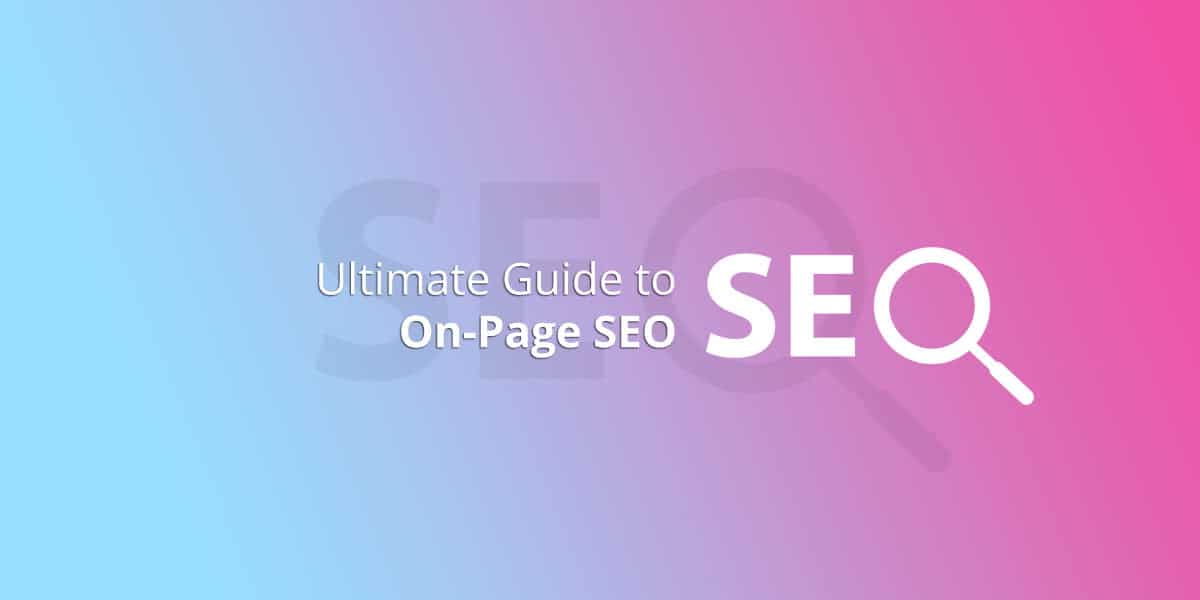The digital landscape is continuously evolving, with web design at its core undergoing significant transformations. Among these changes, the rise of dark mode stands out as a notable trend that has captivated both users and designers alike. Initially considered a niche or optional feature, dark mode has become a standard across devices and platforms, offering a visually appealing alternative to the traditional light backgrounds that have dominated the web for years.
The Growing Preference for Dark Mode
In recent years, the preference for dark mode has seen a remarkable uptick. According to a survey conducted by a leading tech publication, over 80% of users now prefer using apps and websites in dark mode when the option is available. This shift is not just a passing fad but a reflection of user demand for more comfortable and visually appealing digital experiences. The reasons behind this growing preference are multifaceted, ranging from aesthetic appeal to practical benefits.
Benefits of Dark Mode
Reducing Eye Strain
One of the most significant advantages of dark mode is its potential to reduce eye strain, especially in low-light conditions. Dark backgrounds with light text can minimize the amount of light emitted by screens, making it easier on the eyes. Research indicates that this can lead to a more comfortable reading experience, particularly for users who spend extended periods in front of screens.
Energy Efficiency
Another benefit of dark mode is its positive impact on energy consumption. On devices with OLED or AMOLED screens, true black backgrounds can actually save battery life since these pixels can be completely turned off. This efficiency is a compelling argument for both users looking to maximize their device’s battery life and for a more sustainable approach to web design.
Accessibility and Inclusivity
Dark mode also plays a crucial role in making digital content more accessible. For users with light sensitivity or certain visual impairments, dark mode can make browsing the web a more inclusive experience. This consideration is crucial for designers and developers aiming to create websites that cater to a broad audience.
Dark Mode and Modern Aesthetics
Beyond practical benefits, dark mode offers a sleek and modern aesthetic that appeals to many users. It provides a minimalist look that highlights content and imagery, making them stand out more than in traditional light modes. Many leading tech companies and social media platforms have embraced dark mode, showcasing its ability to enhance user interface design and contribute to a brand’s visual identity.
Implementing Dark Mode in Web Design
Incorporating dark mode into web design requires thoughtful consideration of user preferences and technical details. Designers must ensure that switching between modes is seamless and that all elements are perfectly legible in both light and dark settings. This not only enhances user experience but also aligns with the evolving expectations for modern, user-friendly websites.







